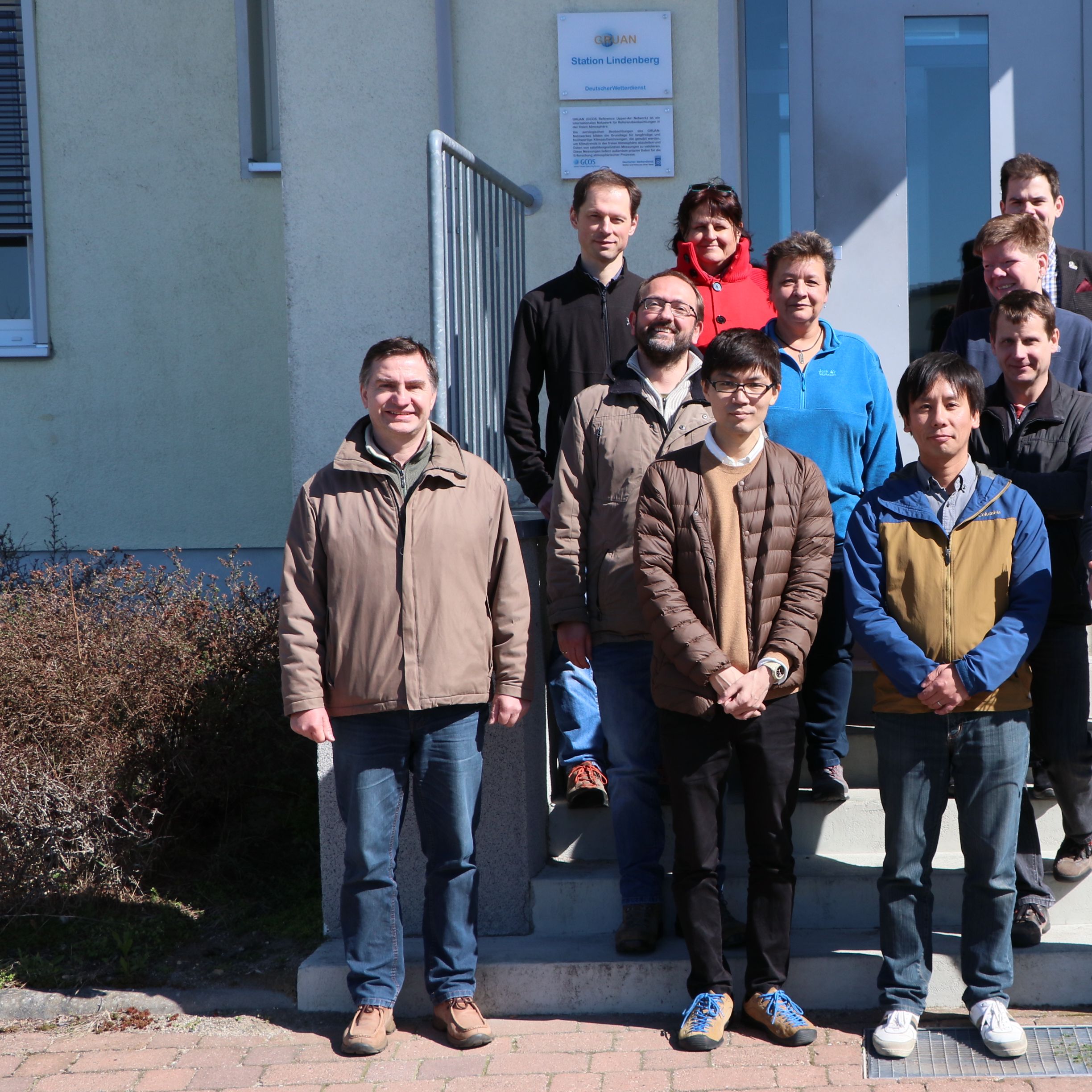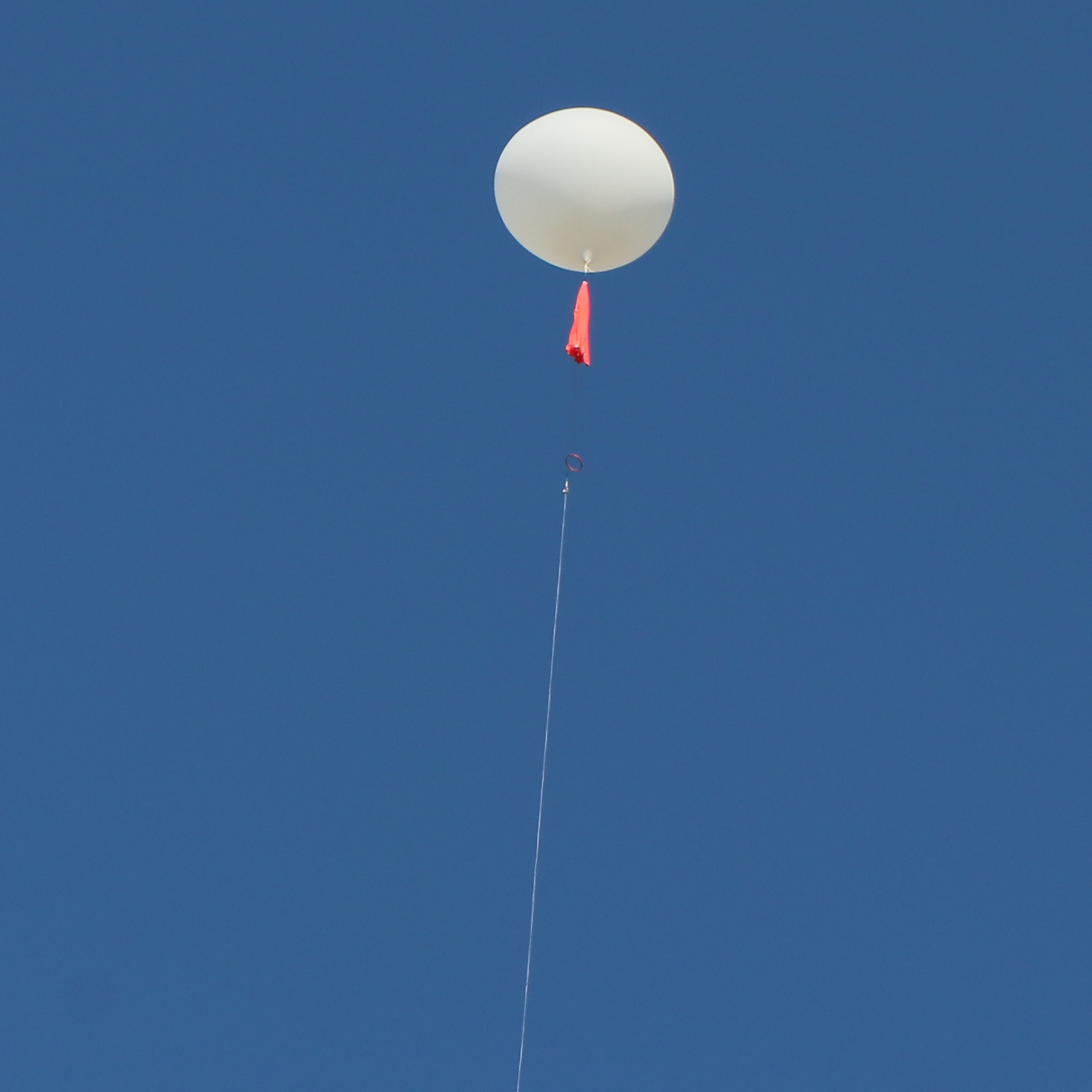Similar to stratospheric hygrometers like the CFH and FPH, Skydew (see ICM-10 presentation) uses a chilled mirror to perform accurate in-situ observations of water vapor. Instead of a cryogen, Skydew employs a Peltier element to cool the mirror, which is a very interesting development in view of the impending ban on the R23 cryogen. Several soundings with extended payloads were performed to compare the performance of Skydew to that of CFH.
Furthermore, Skydew is equipped with support for the Xdata protocol, which was successfully tested by connecting Skydew to an RS41 radiosonde and recording the sounding data with the MW41 system.
Recovery of the payloads by Lindenberg staff made it possible to perform multiple flights with the same instrument, and even to compare two Skydews. In addition, several intercomparison soundings were performed with the Vaisala RS41 and Meisei's latest radiosonde model, the iMS-100 (or see Meisei website).
The only cloudy night of the week allowed for a comparison sounding with the Cloud Particle Sensor (CPS, see Meisei website) and the COBALD backscatter instrument (see ETH Zurich).
The results of the Skydew-campaign will be presented at ICM-11 by Takuji Sugidachi.


